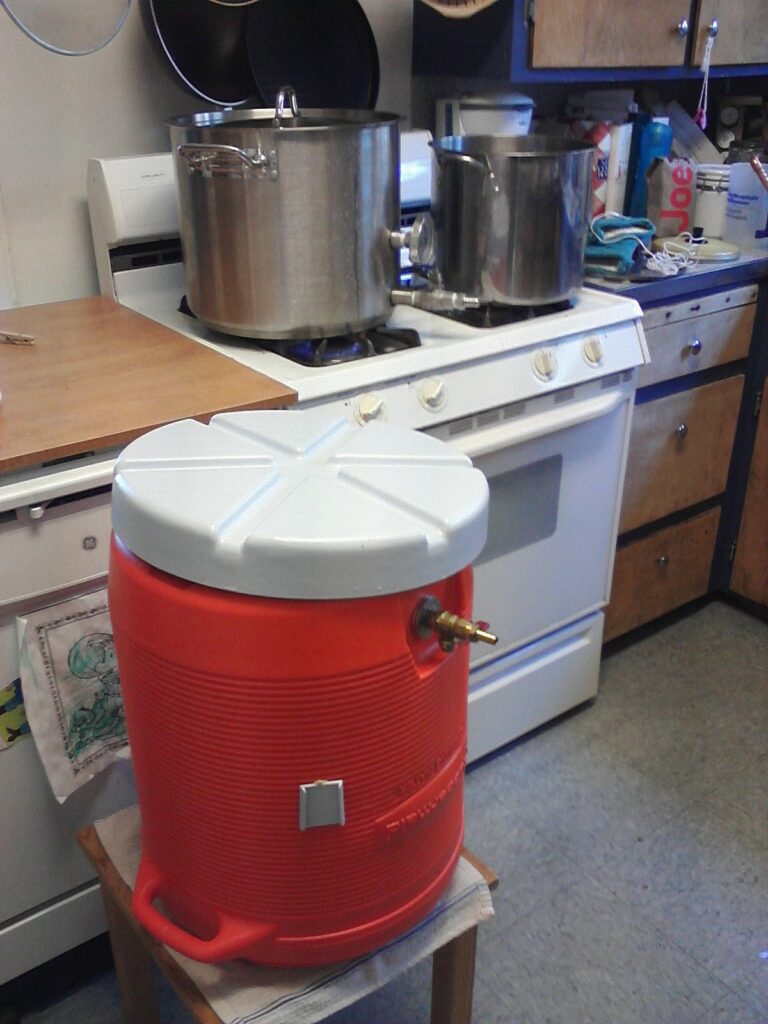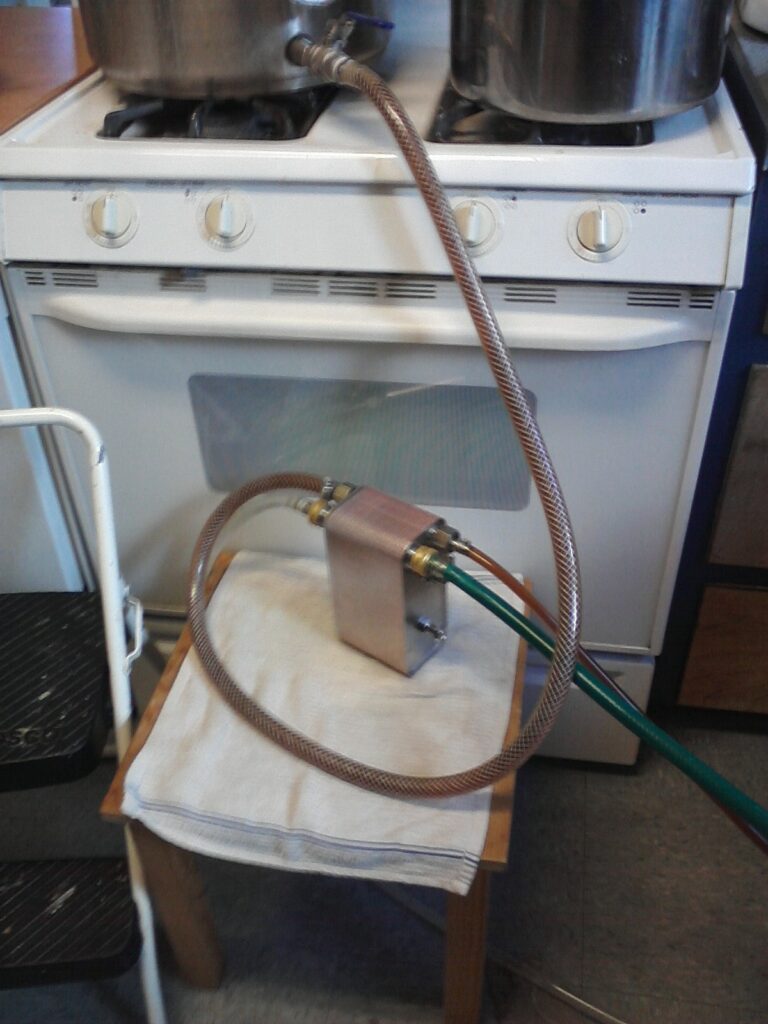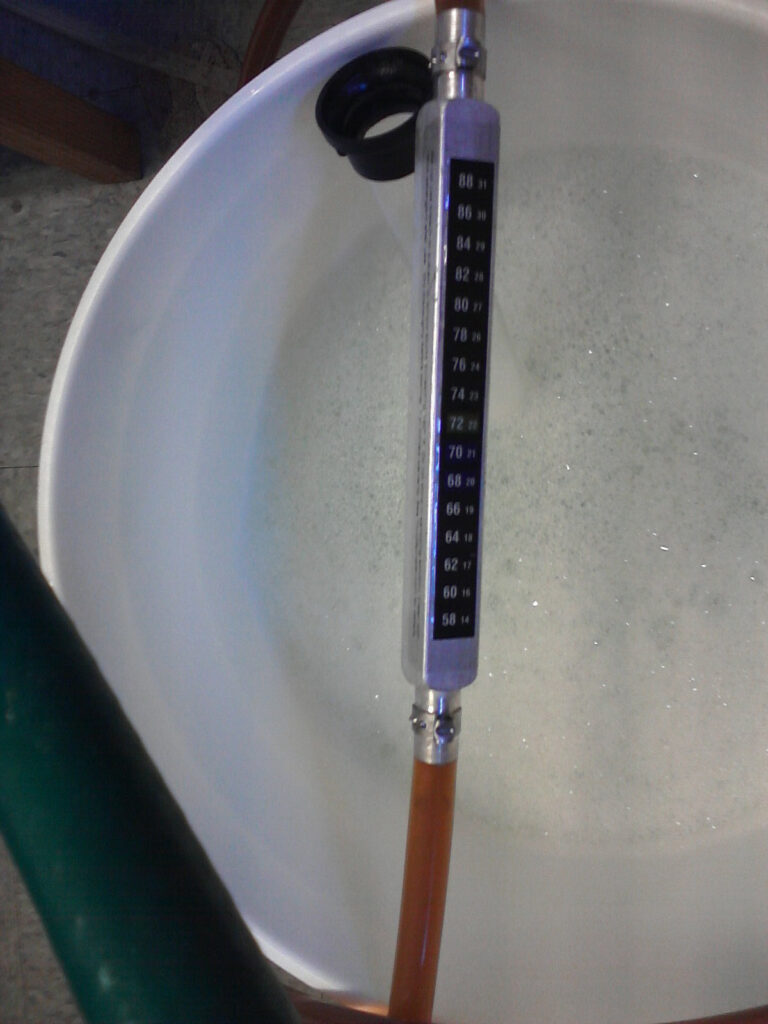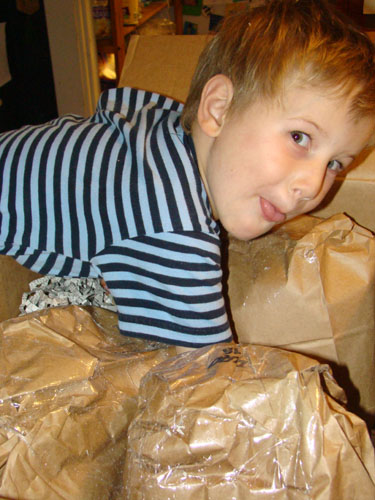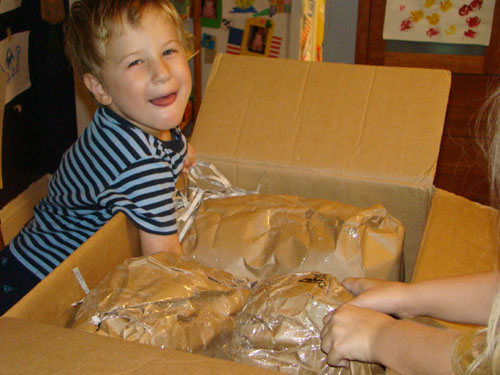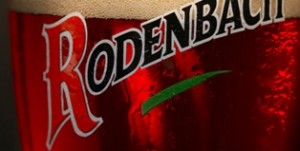Two Brews and Some Crazy Notions
Recently brewed two clones: Founder’s Breakfast Stout and Stone Cali-Belgique. I’ve put the recipes in below, including the BeerXML files.
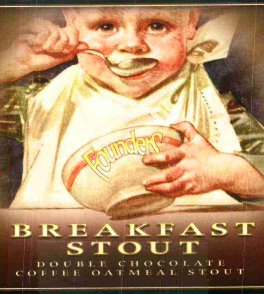 I just moved the two to the secondary last night. I added 2oz of Grand Cru to the Breakfast Stout and .5 oz of Cascade and 1.0 oz of Centennial to the Cali. Tasted both out of the primary and they were delicious. I used both a refractometer and hydrometer to see the gravity progression and to continue to test the comparison between the readings. Each seems to be on target coming in at around 1.018 and 1.016 respectively–and there’s still a bit more time in the secondary where some action will take place. I’ll bottle the Cali-Belgique for a wedding but keep some back for the All-American Homebrew Competition; a part of the Cincy Winter Beerfest.
I just moved the two to the secondary last night. I added 2oz of Grand Cru to the Breakfast Stout and .5 oz of Cascade and 1.0 oz of Centennial to the Cali. Tasted both out of the primary and they were delicious. I used both a refractometer and hydrometer to see the gravity progression and to continue to test the comparison between the readings. Each seems to be on target coming in at around 1.018 and 1.016 respectively–and there’s still a bit more time in the secondary where some action will take place. I’ll bottle the Cali-Belgique for a wedding but keep some back for the All-American Homebrew Competition; a part of the Cincy Winter Beerfest.
I’m planning my next brew, which will be a Hopslam clone, and I may try to get it in before the All-American Homebrew Competition deadline, but it will be a very tight squeeze on this one. I went out to JW Dover’s homebrew store in Westlake yesterday to fill some of the holes in my inventory and had one fortuitous encounter and learned one thing I didn’t know–so it was worth the trip. First, I met the owner and proprietor Jerome Welliver and Tom ? one of the brewers who offered to provide me with yeast slurry from one of their brews. All I have to do is bring in a sanitized mason jar and they’ll fill it up. That kicks ass. I was looking for the 1056 in their yeast cooler and then I got to talking with Tom and he offered. For me this means several things: first, the slurry will be a big pitch, meaning energetic and complete attenuation/fermentation; second, it is second generation from a professional brewery; third, I hope it’s a connection that I can maintain. Second, in the grand scheme of things, what I learned is that Jerome is not only the owner and proprietor of JW Dover, but Black Box Brewing Company, which now owns the label for Crooked River and is brewing up their old recipes.
This also sparked in me two notions, one tempting the other possibly stupid. First, to brew one beer a week for the year. Don’t know if I can pull it off. But I’d like to try. I’m behind right now, but have the ingredients to brew the Hopslam and a Flanders Red, which I could so this coming week and it would put me on track for January. Second, I’m considering the Lenten trial of drinking only beer until Easter. I would be hoping to drop some pounds and let’s face it, beer tastes better than the Almased liquid diet. And besides: it’s beer! Three times per day.
We’ll see. I’m looking forward to heading out to Black Box Brewing this week to pick up the slurry and brewing up a Hopslam clone.
Recipes:
Breakfast Stout
BeerSmith Recipe Printout - www.beersmith.com
Recipe: Breakfast Stout
Brewer: Tom Hayes
Asst Brewer:
Style: American Stout
TYPE: All Grain
Taste: (35.0)
Recipe Specifications
--------------------------
Batch Size: 5.00 gal
Boil Size: 5.72 gal
Estimated OG: 1.093 SG
Estimated Color: 57.9 SRM
Estimated IBU: 64.8 IBU
Brewhouse Efficiency: 75.00 %
Boil Time: 60 Minutes
Ingredients:
------------
Amount Item Type % or IBU
13 lbs 3.2 oz Pale Malt (2 Row) US (2.0 SRM) Grain 74.66 %
1 lbs 6.4 oz Oats, Flaked (1.0 SRM) Grain 7.92 %
1 lbs Chocolate Malt (350.0 SRM) Grain 5.66 %
1 lbs Roasted Barley (300.0 SRM) Grain 5.66 %
8.0 oz Caramel/Crystal Malt -120L (120.0 SRM) Grain 2.83 %
5.3 oz Carafa III (525.0 SRM) Grain 1.87 %
4.0 oz Black (Patent) Malt (500.0 SRM) Grain 1.41 %
1.10 oz Nugget [13.00 %] (60 min) Hops 37.3 IBU
2.50 oz Williamette [5.50 %] (30 min) Hops 27.6 IBU
2.50 oz Williamette [5.50 %] (0 min) Hops -
1.50 oz Chocolate, unsweetened baking nibs (Boil 1Misc
2.00 oz Kona Coffee (Secondary 1.0 weeks) Misc
2.00 oz Sumatran Coffee (Boil 10.0 min) Misc
2.50 oz Chocolate, Dark Baker's (Boil 10.0 min) Misc
1 Pkgs American Ale (Wyeast Labs #1056) Yeast-Ale
Mash Schedule: Single Infusion, Full Body
Total Grain Weight: 17.68 lb
----------------------------
Single Infusion, Full Body
Step Time Name Description Step Temp
60 min Mash In Add 22.10 qt of water at 170.5 F 158.0 F
10 min Mash Out Add 8.84 qt of water at 196.6 F 168.0 F
Cali-Belgique
BeerSmith Recipe Printout – www.beersmith.com
Recipe: Stone Cali-Belique IPA
Brewer: Tom Hayes
Asst Brewer:
Style: American IPA
TYPE: All Grain
Taste: (35.0)
Recipe Specifications
————————–
Batch Size: 5.00 gal
Boil Size: 5.72 gal
Estimated OG: 1.076 SG
Estimated Color: 6.8 SRM
Estimated IBU: 64.9 IBU
Brewhouse Efficiency: 75.00 %
Boil Time: 60 Minutes
Ingredients:
————
Amount Item Type % or IBU
13 lbs Pale Malt (2 Row) US (2.0 SRM) Grain 92.86 %
1 lbs Caramel/Crystal Malt – 20L (20.0 SRM) Grain 7.14 %
0.64 oz Pearle [8.00 %] (90 min) Hops 16.3 IBU
0.43 oz Magnum [14.00 %] (90 min) Hops 19.1 IBU
1.00 oz Centennial [10.00 %] (Dry Hop 3 days) Hops –
0.50 oz Chinook [13.00 %] (Dry Hop 3 days) Hops –
2.00 oz Centennial [10.00 %] (15 min) Hops 29.5 IBU
1.00 items Whirlfloc Tablet (Boil 15.0 min) Misc
1 Pkgs Belgian Golden Ale (White Labs #WLP570) Yeast-Ale
Mash Schedule: Single Infusion, Full Body, Batch Sparge
Total Grain Weight: 14.00 lb
—————————-
Single Infusion, Full Body, Batch Sparge
Step Time Name Description Step Temp
60 min Mash In Add 17.50 qt of water at 162.5 F 151.0 F
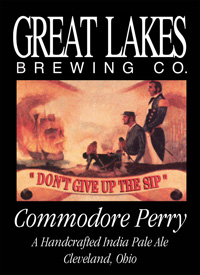
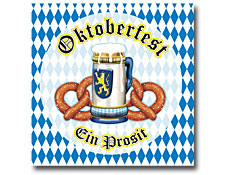




 I just moved the two to the secondary last night. I added 2oz of Grand Cru to the Breakfast Stout and .5 oz of Cascade and 1.0 oz of Centennial to the Cali. Tasted both out of the primary and they were delicious. I used both a refractometer and hydrometer to see the gravity progression and to continue to test the comparison between the readings. Each seems to be on target coming in at around 1.018 and 1.016 respectively–and there’s still a bit more time in the secondary where some action will take place. I’ll bottle the Cali-Belgique for a wedding but keep some back for the
I just moved the two to the secondary last night. I added 2oz of Grand Cru to the Breakfast Stout and .5 oz of Cascade and 1.0 oz of Centennial to the Cali. Tasted both out of the primary and they were delicious. I used both a refractometer and hydrometer to see the gravity progression and to continue to test the comparison between the readings. Each seems to be on target coming in at around 1.018 and 1.016 respectively–and there’s still a bit more time in the secondary where some action will take place. I’ll bottle the Cali-Belgique for a wedding but keep some back for the 